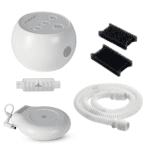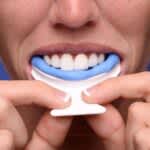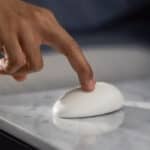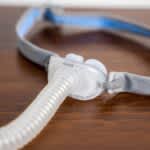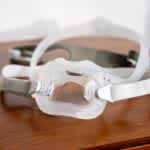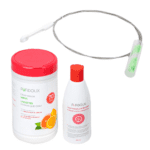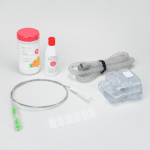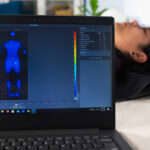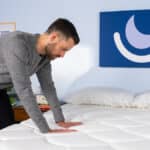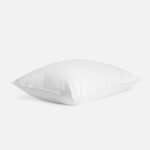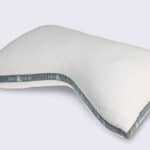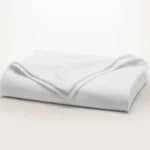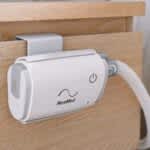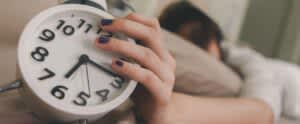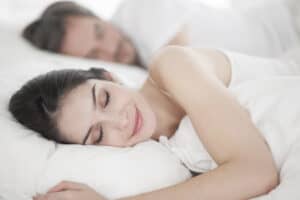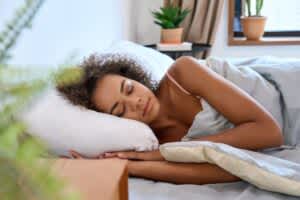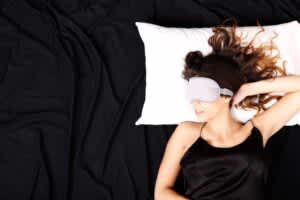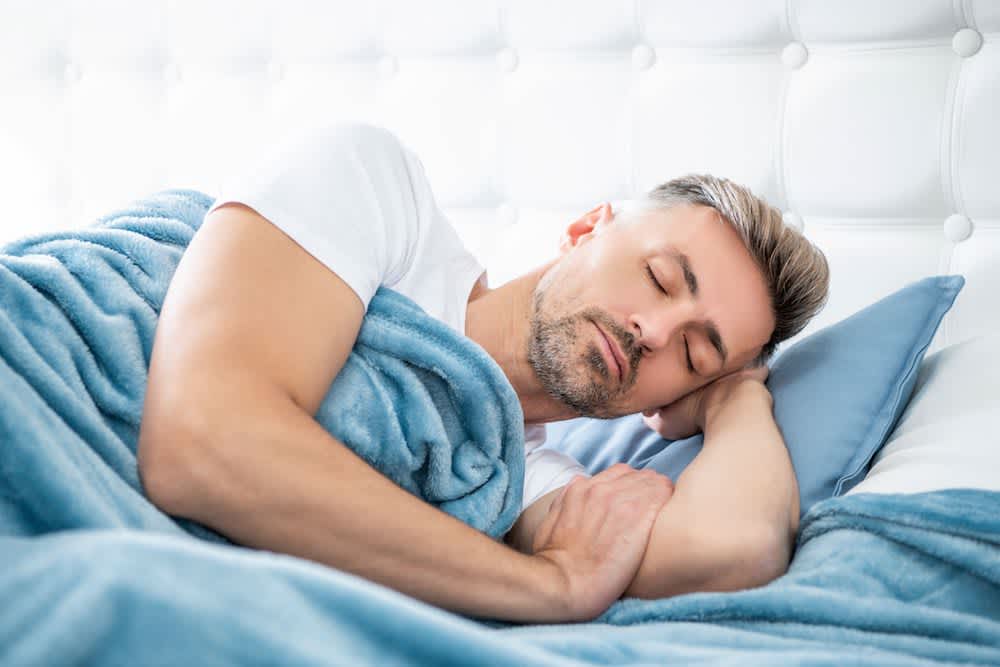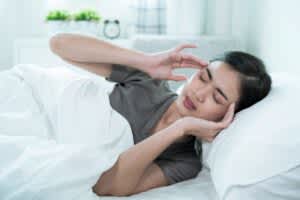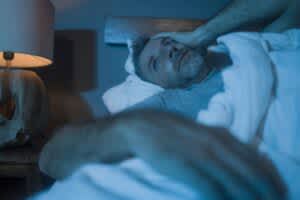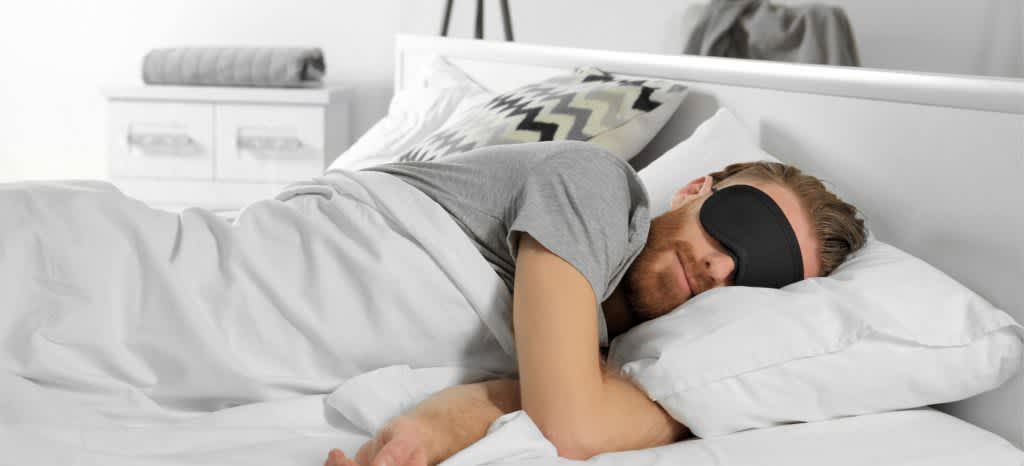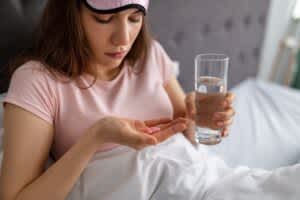Quality sleep is critical to your physical and mental health. Your body and mind essentially recharge while you sleep, allowing you to wake up feeling refreshed and alert in the morning. This is why not getting enough sleep can lead to sluggishness, trouble concentrating, low mood, and other negative outcomes. Current guidelines recommend seven to eight hours of nightly sleep for adults, but surveys suggest more than one-third of adults in the U.S. don’t reach this benchmark on a regular basis.
Although much is still unknown about sleep, studies have shown it to be a complex, dynamic process. Your physical and mental state play a major role in how well – or poorly – you sleep, as do numerous factors related to your external environment. Understanding how these variables impact your sleep can help you establish a healthy sleep routine and get an adequate amount of rest each night.
Sleep and the Body
A common myth about sleep is that the body completely shuts down between the time you fall asleep and wake up in the morning. While your body is not as active during sleep as it is when you are awake, parts of your brain continue to operate and communicate with one another.
Holistically speaking, your entire body is integral to facilitating sleep-related processes, but key players in your sleep cycle include:
- Hypothalamus: This region of the brain coordinates the production of hormones that guide sleep, body temperature, hunger, mood, and other bodily functions.
- Suprachiasmatic Nucleus (SCN): The SCN is a cluster of nerve cells located in the hypothalamus that receives and transmits signals about light and darkness exposure, essentially forming your internal clock.
- Retinas: Located at the back of each eyeball, retinas are layers of tissue that help focus images transmitted through your eyes’ lenses.
- Brain Stem: The brain stem is the smallest of your brain’s three major components and is located near the spinal cord. Its structures include the midbrain, pons, and medulla.
- Thalamus: The thalamus is a cluster of nuclei that relay sensory signals between other parts of the brain.
- Cerebral Cortex: Also known as gray matter, the cerebral cortex is a thin layer that covers the brain and helps process thoughts and memories.
- Pineal Gland: Part of the endocrine system, the pineal gland produces melatonin, a hormone that promotes feelings of sleepiness.
These components work together to coordinate your sleep-wake cycle. During the daytime when your eyes are exposed to natural light, retinal cells send signals to the SCN, which in turn signals other areas of the brain. These processes keep you awake and alert.
The SCN also receives signals from the retinas as evening arrives and natural light begins to fade. Once these signals are received, the pineal gland secretes melatonin to help you feel tired and ready for bed. Cells located in the brain stem and hypothalamus also produce GABA, a chemical that decreases arousal in these areas of the brain.
Circadian Rhythm and Sleep-Wake Homeostasis
Many associate circadian rhythm with sleep, but the term applies to any physical, mental, or behavioral function that follows a 24-hour timetable based on natural light and darkness. Other functions your circadian rhythms regulate include appetite and digestion, body temperature, and hormonal production. Most humans establish their circadian rhythm during the first four months of their lives.
The SCN is known as your biological clock because it facilitates circadian rhythms based on light cues from retinal cells. Healthy circadian sleep cycles follow a consistent pattern, whereby you feel alert during the day and sleepy once the sun goes down.
Different factors can disrupt circadian rhythms and interfere with your sleep. For instance, studies have shown cell phones, televisions, and other electronic devices with screens emit a blue light that can interrupt circadian rhythms and hinder melatonin production. Jet lag from traveling and overnight work shifts can also misalign your circadian rhythms due to irregular light exposure.
Circadian rhythm is one of two biological processes that significantly influence sleep. The other is homeostasis, a term that refers to the internal mechanisms that help you survive and adapt to changing conditions. Specifically, sleep-wake homeostasis helps you determine when you should be awake or asleep. For every hour you are awake, your sleep drive becomes stronger and more intense. After sleeping through the night and waking up in the morning, your sleep drive will be fully recharged.
While circadian rhythms and sleep-wake homeostasis guide sleep patterns for healthy adults, people follow different sleep-wake cycles. The term chronotype refers to different categories of people based on when they are asleep and awake. For example, early chronotypes go to bed and wake up at relatively early times, and tend to feel more alert earlier in the day. Late chronotypes prefer to sleep and wake at later times.
Some people also follow atypical 24-hour sleep-wake patterns because they have a circadian rhythm sleep disorder. These disorders occur when your biological clock is not in sync with natural light and darkness cycles.
Stages of Sleep
Thanks to a wealth of research on the subject, our understanding of sleep cycles and stages has evolved over time. Most contemporary sleep experts divide the sleep-wake cycle into four stages. The first three are considered non-rapid eye movement (NREM) sleep, and the fourth is rapid eye movement (REM) sleep.
- NREM Stage 1: This is the lightest and shortest stage of the sleep cycle, typically lasting five minutes or less. NREM Stage 1 represents the transition from wakefulness to sleep, marked by gradual decreases in your heart rate, breathing, muscle activity, and brain activity.
- NREM Stage 2: During NREM Stage 2, which is also considered light sleep, your heart rate and body temperature significantly decrease, and eye movements cease. This stage lasts about 25 minutes during your first sleep cycle, but subsequently becomes longer throughout the night. NREM Stage 2 constitutes about half of your overall sleep.
- NREM Stage 3: NREM Stage 3 is thought to be the deepest sleep stage, making you less likely to wake up during this stage than any other phase of your sleep cycle – even in the presence of loud noises. Heartbeat, breathing rates, muscle movements, and brain activity all reach their lowest levels.
- REM: REM sleep is the most dynamic stage of your sleep cycle. This stage usually kicks off about 90 minutes after you fall asleep and is defined by significant side-to-side eye movements, elevated breathing, and a steep increase to your heart rate and blood pressure. Most dreaming occurs during REM sleep.
As with circadian rhythms and sleep-wake homeostasis, physiological and environmental factors can interfere with a healthy sleep cycle. Age, for example, influences the ratio of NREM and REM sleep. Newborns spend roughly 70% to 80% of their sleep cycle in REM sleep. This number gradually declines by age 5, at which point the REM stage represents 20% to 25% of total sleep. The amount of time asleep spent in the NREM 1 and NREM 2 stages also increases with age. Additionally, sleep disorders like sleep apnea and REM sleep disorder can shift the dynamic of a healthy sleep cycle.
The Importance of Sleep
Disruptions to your circadian rhythms, sleep-wake homeostasis, and four-stage sleep cycle can take a toll on your overall health. People who don’t get enough sleep on a regular basis are considered at higher risk for:
- Medical Conditions such as heart and kidney disease, stroke, high blood pressure, obesity, and Type 2 diabetes.
- Mental Health Issues such as anxiety, depression, and irritability.
Everyone should strive to get enough sleep each night and take measures to ensure optimal sleep quality. The term sleep hygiene refers to habits and behaviors related to your sleep routine. Following healthy sleep hygiene guidelines can help ensure you get an adequate amount of quality sleep each night. These guidelines include:
- Going to bed and waking up at the same times each day
- Exercising and exposing yourself to natural sunlight during the day
- Avoiding naps after 3 p.m.
- Abstaining from caffeine, alcohol, and heavy meals close to bedtime
- Engaging in relaxing activities in the evening
- Creating a dark, quiet bedroom environment that is conducive for sleep
If you have trouble falling asleep, staying asleep, or getting enough sleep, you should talk to a physician about strategies for improving these issues. Your doctor can help establish healthy sleep routines and run diagnostic tests to see if you have a sleep disorder.
References
Ask the Sleep Doctor
Have questions about sleep? Submit them here! We use your questions to help us decide topics for articles, videos, and newsletters. We try to answer as many questions as possible. You can also send us an email. Please note, we cannot provide specific medical advice, and always recommend you contact your doctor for any medical matters.


